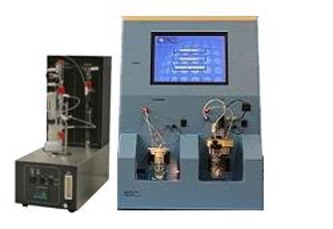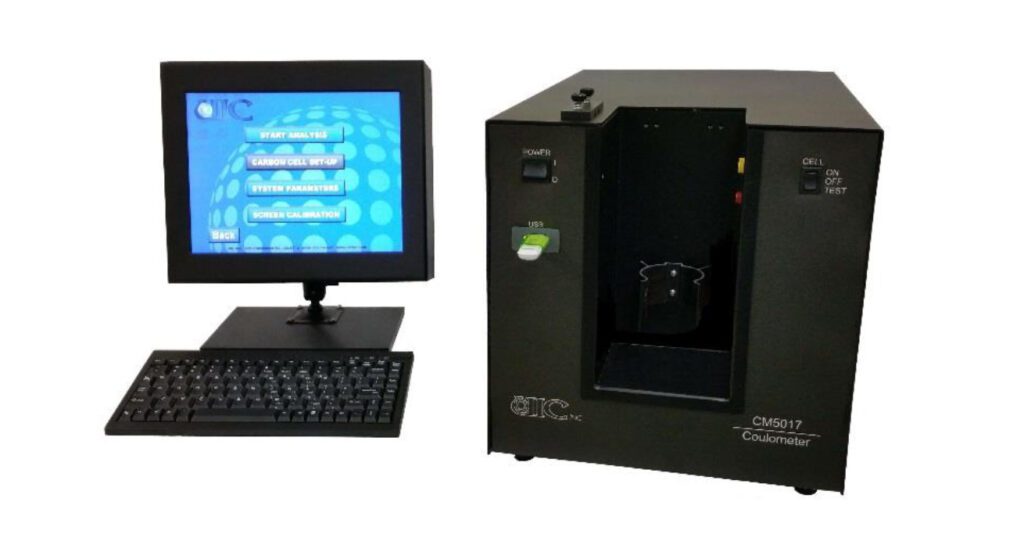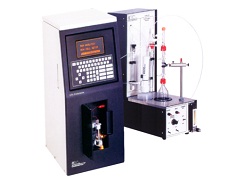Application Notes
DETERMINATION OF THE FORMS OF CARBON IN GEOLOGIC MATERIALS
Larry L. Jackson
U.S. Geological survey, Bx 25046,
MS 973, DFC, Denver, CO 80225, U.S.A.
Steven R. ROOF
Department of Geology and Geography
Figure 1:Model CM140 TIC Analyzer
PRINCIPLES OF OPERATION AND TYPICAL USE
A hydrazine sample is
TOWARDS A STANDARD METHOD FOR THE MEASUREMENT OF ORGANIC CARBON IN SEDIMENTS
C.M. Lee and D.L. Macalady
Colorado School of Mines, Golden, Colorado, 80401, U.S.A
The precisions achieved by two different methods
Figure 1: Simultaneous Carbon/Sulfur Analyzer
PRINCIPLES OF OPERATION AND TYPICAL USE
This procedure is typically utilized for the analysis of amine solutions which are used to remove environmentally
Figure 1: Model CM140 TIC Analyzer
PRINCIPLES OF OPERATION
Samples are heated to 150˚C to release CO2 from the bicarbonate portion of the sample. A carbon dioxide-free carrier
Figure 1: Model CM340 Total Sulfite Analyzer
UIC, Inc.Adaptation of the Modified Monier-Williams Method
PRINCIPLES OF OPERATION
As in the modified Monier-Williams method, samples are treated with acid
Figure 1: Model CM320 Total Sulfur Analyzer
The UIC, Inc. Total Sulfur Analyzer rapidly and directly determines sulphur from a wide variety of sources including organics,
The UIC, Inc. Sulfur Coulometer quantitatively titrates SO2 and H2S. Typical applications include the determination of total sulphur (by combustion)
Figure 1: CM140 Total Inorganic Carbon (TIC) Analyzer
PRINCIPLES OF OPERATION
Black liquor samples are acidified with acid to release CO2. Carbon dioxide-free air sweeps the evolved
Contaminated silver from the UIC, Inc. Total Carbon Unit’s combustion tubes can be reclaimed.












